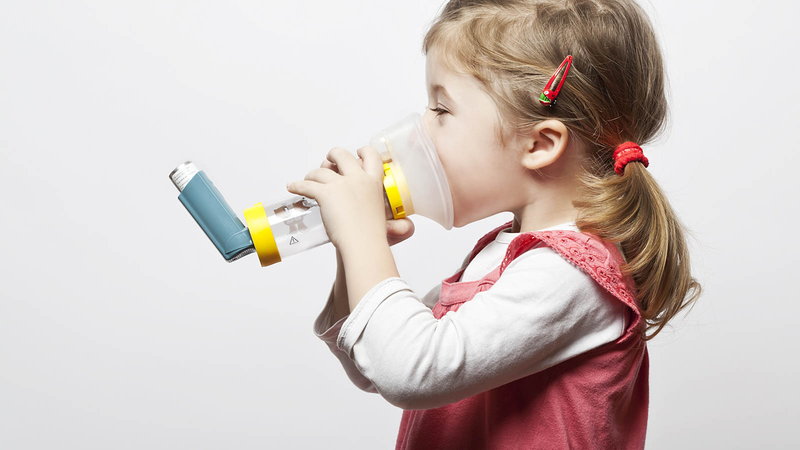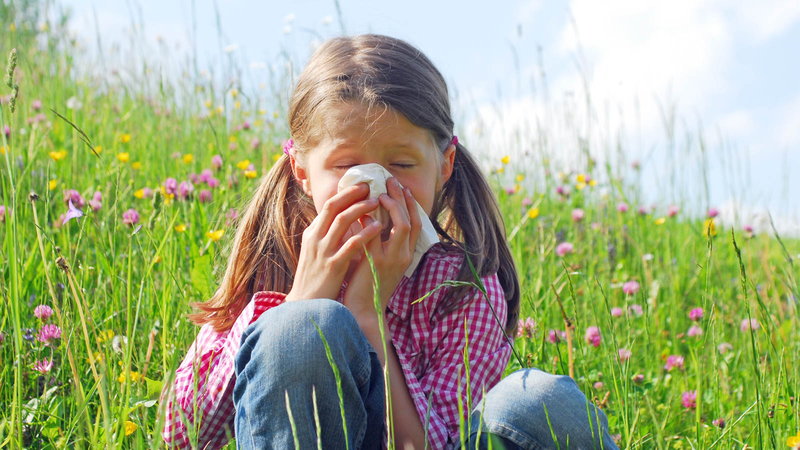
(Excerpt from The Floppy Sleepy Game Book by Patti Teel) www.pattiteel.com
Asthma (Reactive Airway Disease)
If your child suffers from asthma or allergies, you’re not alone. Allergies are the most prevalent children’s health problem, and asthma in children has increased dramatically in the last decade. It’s important to take steps to get a child’s allergies and asthma under control in order to help him sleep better at night and function better during the day. Asthma can seriously impact your child’s ability to breathe freely and get a good night’s sleep. Children with asthma usually have recurring wheezing, coughing and shortness of breath. The muscles surrounding the airways tighten and the airway linings (mugosa) become swollen and inflamed.
Asthma can occur at any age, but symptoms most commonly start when a child is between three and eight years of age. Both allergies and asthma are often inherited. Fortunately, asthma that starts in childhood often improves with age.

My son had his first asthma attack when he was only two years old. If you are the parent of a young child with asthma, it’s important to fine-tune your radar because it can become serious very quickly. Early on, I noticed that my son’s laughter and speech had a different sound to it before an asthma attack. I would know when he was about to have a problem even before he felt it. It can be vitally important for a child to take prescribed medication at the first sign of troubled breathing. But be aware that many of the medications used to treat asthma can act as stimulants, delaying the onset of sleep and detracting from its quality.
When young children have asthma, it may be hard for them to properly use an inhaler. Young children may need to use a nebulizer, which can prevent many trips to the emergency room. (A nebulizer is a machine which makes a very fine mist from liquid asthma medications. A face mask is attached for the child to breathe in the medication. Often, it’s covered by insurance.) When children are learning to use an inhaler, they often don’t breathe deeply enough and most of their medication remains in their mouth and throat. If your child has asthma, show him where his lungs are located. Explain that the medicine needs to go down to the lungs and have your asthmatic child hold his breath and visualize the medicine opening the airways. Deep, diaphragmatic breathing not only helps a child to effectively use an inhaler, it builds lung power and exercises the airways. It can also help a child to remain calm at the beginning of an attack.
Nocturnal asthma is sleep-related worsening of asthma and it’s extremely common. Allergens that your child is exposed to during the day may cause a reaction at nighttime, when body temperatures drop and the airways cool. In addition, the body releases chemicals during the night that may alter lung function. Many children don’t have any trouble breathing during the day but experience asthma symptoms that flare up as they sleep. The breathing problems may be mild or they may be dangerous and severe, resulting in a full-blown asthma attack. But one thing’s for sure—it definitely affects the quality of sleep for your child. In addition to the serious health problems caused by the asthma itself, because it can affect a child’s sleep, it can lead to behavior and learning problems. Asthma accounts for more hospital visits than any other chronic illness and most of them occur in the middle of the night.
Perhaps due to environmental toxins, the prevalence of asthma has increased by at least 40 % in the last decade. Controlling your asthmatic child’s sleep and home environment is extremely important. Asthma is most often triggered by allergies; it’s important to figure out what your child is allergic to so you can eliminate it from his environment. However, it’s impossible to control your child’s environment when he is away from home. If your child uses an inhaler, be sure he always carries it. Often, if you are able to get a child’s allergies under control, asthma attacks will lessen. In addition to allergies, asthma can be triggered by fumes, exposure to cigarette smoke, exercise, weather changes, colds, respiratory infections and stress, both physical and emotional. It’s important to work with your child’s doctor if his sleep is being affected by either asthma or allergies. You may need to add, change, or modify your child’s medication to alleviate nighttime symptoms. (Research has also shown that acupuncture can be an effective treatment for respiratory diseases, including asthma, and swimming is often a particularly beneficial form of exercise.)
Allergies
Like asthma, allergies usually start in childhood. The symptoms of allergies: a runny nose, sneezing, watery eyes and a stuffy nose can affect the quality of your child’s sleep. Children who have nasal congestion are likely to awaken repeatedly during the night and reposition themselves in order to try and breathe more clearly. If you’re not sure what triggers your child’s allergies, you may want to make an appointment with an allergy specialist to determine if allergy testing is advisable. While a child with allergies may or may not have asthma, the number one trigger for asthma is allergens—such as dust, pollen and dander. Once you determine what triggers your child’s allergies or asthma you can try to take steps to avoid them.
Avoiding an Allergy or an Asthma Attack:
Don’t allow smoking in your house.
If your child is allergic to dust mites: Have wood or linoleum flooring and avoid carpeting.
Wash sheets and bedding in hot water. (130 degrees Fahrenheit or higher)
Use pillows that are machine washable and dryable. Avoid down pillows or comforters.
Keep knick-knacks and stuffed animals to a minimum, or in closed displays.
Wash a favorite stuffed animal in hot water or put it in the freezer for 24 hours every couple of weeks to kill the allergens.
Keep the air vents clean. Keep the bedroom as free of dust as possible.
Close closet doors.
Use an air purifier.
Avoid canopy beds and sleeping on bottom bunks. (Dust mites occupy upper mattresses and canopies.)
Encase your child’s mattress with vinyl covering.
If your child has pet allergies: Keep pets out of the bedroom and/or out of the house. Beware that if you keep your pet in the basement and have forced heating, the allergens can be blown throughout the entire house. If you do have a dog or a cat, wash them weekly.
If your child has mold allergies: Use a dehumidifier. Keep books in a case or out of the bedroom.
If your child has pollen allergies: Rather than opening windows, use the air conditioner. Use an air purifier in the bedroom to reduce triggers in the air.
About the Author:
Dubbed “The Dream Maker” by People magazine, Patti Teel is a former teacher and the author of The Floppy Sleep Game Book, which gives parents techniques to help their children relax, deal with stress, or fall asleep. Visit Patti online at www.pattiteel.com to subscribe to her free newsletter.

